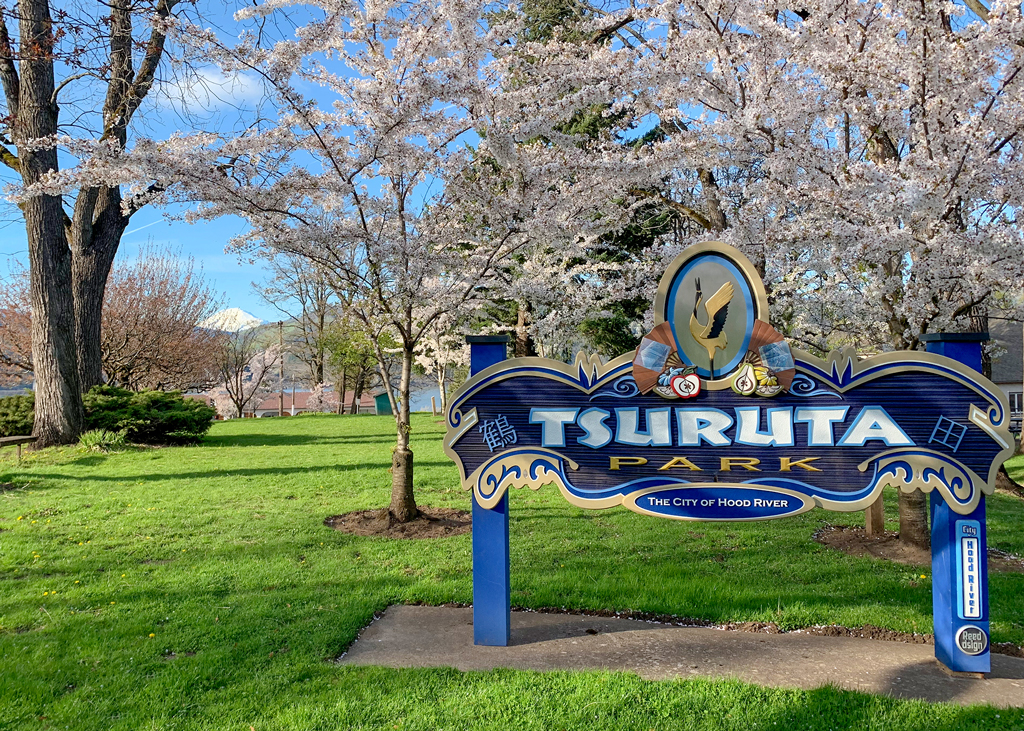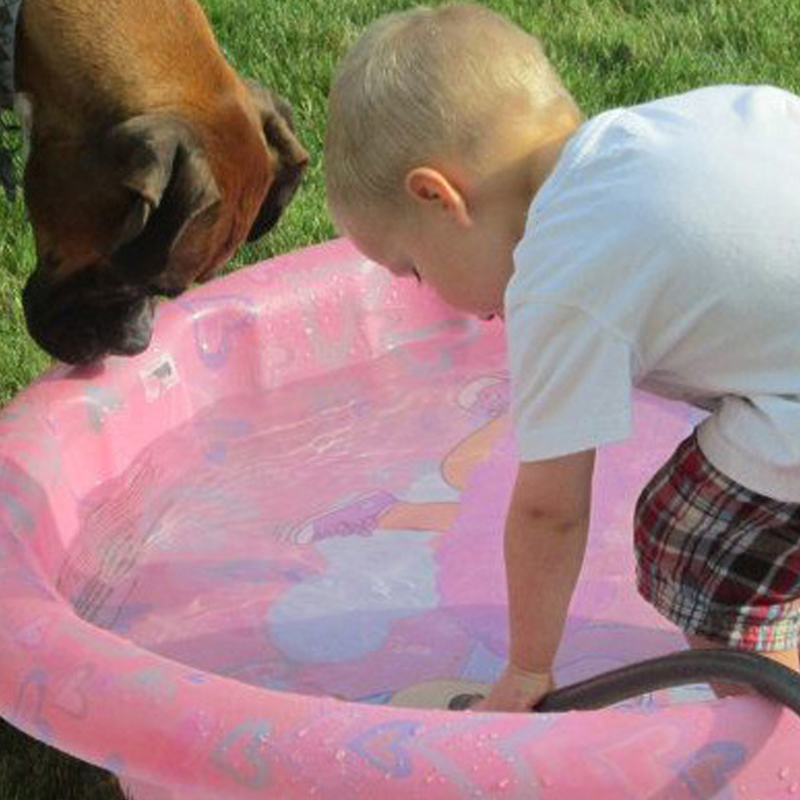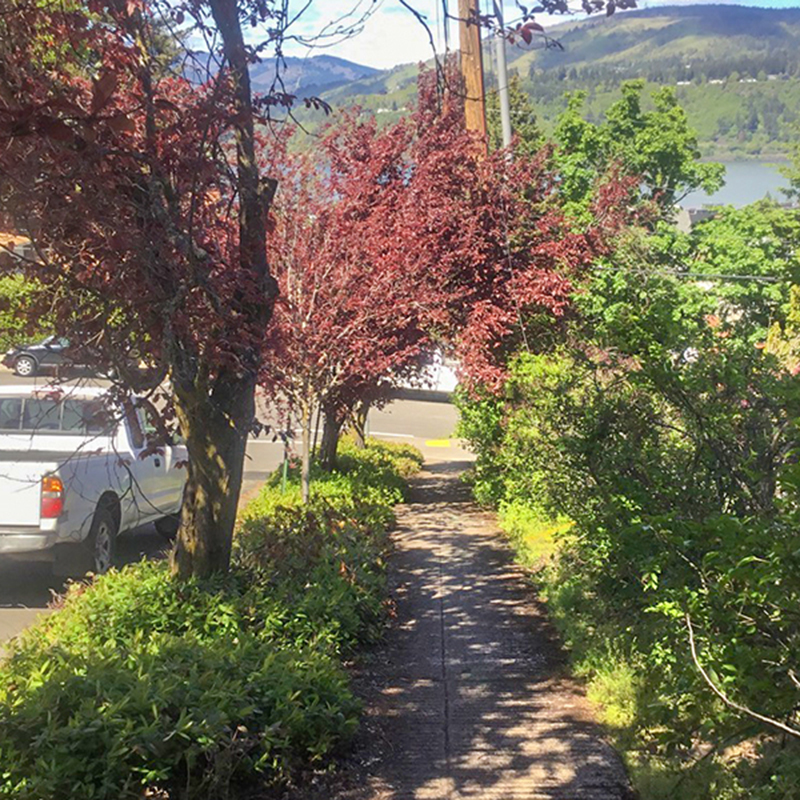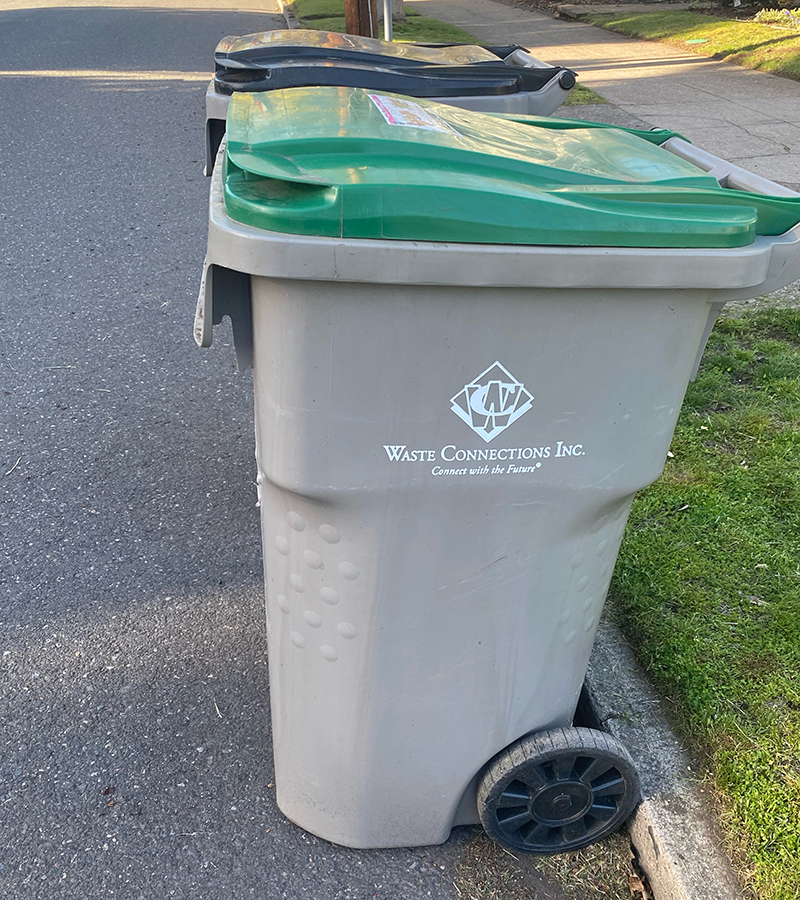

Seasonal Reminders
Water System Backflow
Backflow is water flowing in the opposite of its intended direction, which risks contaminating potable drinking water. “Backflow prevention” protects our public water system from backflow where potable and non-potable water are directly connected, called cross connections. If water flows the wrong way, it could allow foreign substances to enter the system.

Oregon law requires property owners to install an approved backflow prevention assembly if there is a risk that backflow could happen on your premises from things like irrigation systems, submerged hoses, sprinklers, fire sprinkler systems and other water uses. Most cross connections occur on the customer side of the water meter.
If you have a backflow assembly, it should be tested annually. To find out more about backflow preventions, visit cityofhoodriver.gov/public-works/water-system. The City of Hood River’s Backflow Prevention brochure is located on that page.
Questions regarding cross-connection requirements or backflow prevention device installation and testing requirements may be directed to the Public Works Department at 541-386-2383. This link gives more information about Oregon’s cross-connection requirements and backflow assembly rules: https://bit.ly/3Lk8wGC
Spring Right-of-Way Trimming
Spring is a great time to trim hedges, shrubs and trees to keep the public right-of-way free from obstruction. Keeping public areas maintained improves accessibility and visibility for pedestrians and emergency vehicles, protects power lines, and reduces hazards.

For public safety, trees planted within or extending into the public right-of-way must be trimmed to a height at least nine feet above the sidewalk and at least 14 feet above the street, curb or alley. The right-of-way line is typically five feet behind the curb or edge, or 10 feet if there is a planter strip. For horizontal clearance, pedestrian traffic should not be blocked. Trees and brush must not extend into the sidewalk. For corners of streets and alleys, be sure there is at least 15 feet visual clearance from a corner (forming a triangle shape).
For more details on trimming trees and shrubs, visit cityofhoodriver.gov/trim-trees-in-city-right-of-way. Place yard debris in Hood River Garbage’s compost bin for weekly pick-up. Thank you for your cooperation.
Compost Yard Waste
Filling compost bins with yard waste and food scraps as part of Hood River’s solid waste program is helping the environment. Six years ago, the City of Hood River introduced the three-bin program with business partner Hood River Garbage. Hood River Garbage then delivers the organics to Dirt Hugger to turn into usable compost. The program continues to grow and be a popular service.

In 2022, 1,409.19 tons of yard debris were delivered to the Hood River Transfer Station. Organics collected curbside added up to 927.15 tons. “When we started the cart program, I had no idea we would be able to divert over 4.6 million pounds of yard debris and organics in a single year,” said Jim Winterbottom of Hood River Garbage. City residents who participate in the cart program can also drop-off a load of yard debris at the Transfer Station on Wednesdays for just $5.
Compost benefits local farmers and gardeners by adding organic matter to depleted soils. Plus, a potent source of methane is removed when keeping this waste out of landfills. For more information, visit hoodrivergarbage.com or call Hood River Garbage at 541-386-2272.